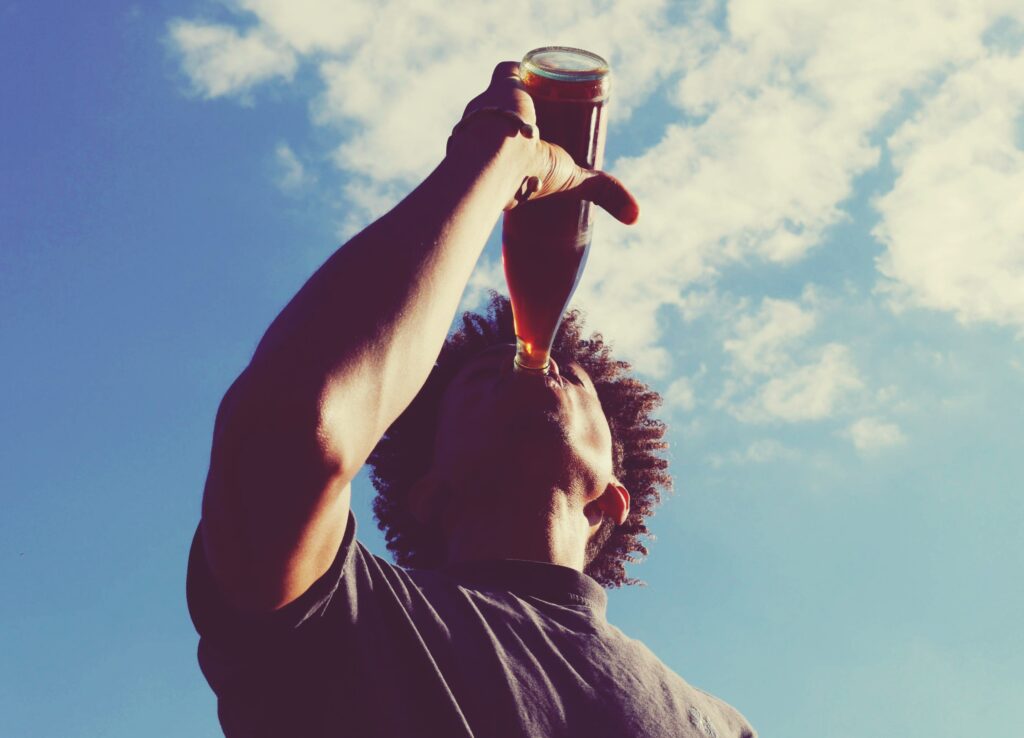The Cola Wars
For decades, Pepsi and Coca Cola have battled for dominance in the marketing world, a period baptized as The Cola Wars. During the 70s and 80s, the competition between these rival brands reached its climax.
In 1975, Pepsi pulled out its big guns with its Pepsi Challenge that shook Coca-Cola’s foundation. The Pepsi Challenge had people blind taste-test Coke and Pepsi. According to this campaign, the majority of people seemed to prefer Pepsi’s taste over Coke’s. Coke, which at the time was leading the Cola Wars in terms of profitability, felt impelled to react as its leadership seemed to be at risk.
So what did Coke do? They tried to fix the obvious problem: the flavor. In 1985, Coke launched its New Coke (its literal name) with an updated formula to rival Pepsi’s. And it was catastrophic. Coke’s consumer help line received about 1,500 angry calls daily from consumers protesting the New Coke (Marketing Dive). People even wrote songs protesting the new formula. So why did the New Coke flop when taste seemed to be the issue?

The answer: Coke overlooked the power of its brand
Coke believed people were choosing Pepsi over Coke based solely on flavor. Why? Because the Pepsi Challenge told them so. The problem with this assumption is that no brand was shown during the testing, so participants relied on the only factor available: flavor.
The issue is that flavor does not encapsulate the complexity of real-world buying decisions. Flavor alone does not drive behavior. Branding does.
Although Pepsi’s flavor was preferred, Coke was still number one in terms of sales and profitability. Even further, when Coke “fixes” the flavor issue, Coke consumers become enraged.
Why? It all comes to the psychology of branding (Marketing Dive).
The power of familiarity
Branding offers familiarity. Familiarity is the feeling of recognition and comfort. Familiarity, in consumer behavior, reduces the mental effort of choosing a brand you know over one you don’t (Günden et al., 2024).
Think about it: our brains process billions of inputs every day. We are constantly having to make decisions, such as what to eat for breakfast, when to pay our bills, and what emails to respond to. While in parallel, we are being bombarded with information. Realistically, our brains cannot attend to every piece of information we receive; therefore, some decisions need to be automated. That’s where emotions come in.

Emotions act as shortcuts, guiding us toward brands we already connect with. Strong brands trigger these emotional “pull” factors, making the buying decision less about logic and more about feeling (Kalaganis et al., 2021).
So, loyal Coke drinkers didn’t just buy Coke for its taste; they bought it for what Coca-Cola represents: identity, nostalgia, and trust. Coke represented a constant in their lives, a familiar companion, and a lifestyle choice.
The aftermath
Eventually, Coke reverted to its original formula and phased out its New Coke line.
The Cola Wars serve as a timeless reminder of the power of the “brand” (Marketing Dive). Innovation is needed, but a well-defined, purpose-driven brand is the foundation for influencing consumer behavior.
In the end, the lesson is simple. Consumers don’t just buy products—they buy what those products mean to them. And that’s the real power of branding.
At Vaquero Advertising we understand the power of purposeful branding and we apply it to our services. Our talented and qualified team focuses on the correct methodology to create an effective and impactful branding strategy.
#ColaWars #BrandingLessons #MarketingStrategy #BrandLoyalty #ConsumerBehavior #MarketingPsychology #AdvertisingHistory #CocaCola #Pepsi #MarketingInsights #EmotionalBranding #BrandStrategy #MarketingCaseStudy #NewCoke #BrandIdentity

